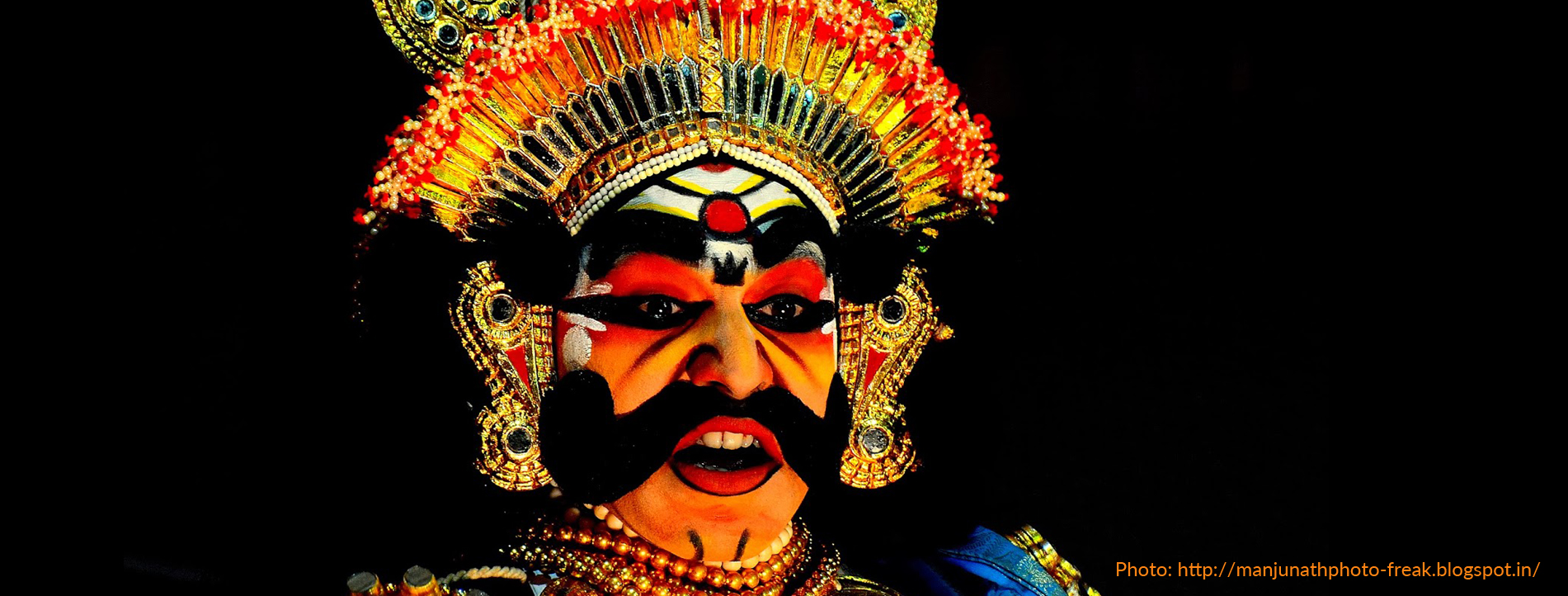When you’re sad, just dance. Well! Everyone can shake and twirl a little with the flow of rhythm, but to take up dancing for a living is no cakewalk.
When someone asks me what is the toughest performing art, I in a blink of an eye declare – “Dancing”. I say so because I am a dancer and two because I am a dancer. I am a choreographer with a degree, and I know it well to claim so.
When I perform it’s not just how well I present myself and deliver my routine, it’s calculated management of stage, light, music, and a lot more other things in those five minutes, in short, I manage the whole universe before, after and during a performance.
For a dancer it all begins from a young age, a very young age, three or four years of age so to speak. That age they say is perfect to start molding your muscles and bones towards flexibility. Imagine those nerve-wracking squats which you dread to go through in your gym and pray you didn’t have to do it, we start doing it since the age of four years. Sounds hard, doesn’t it? We have to go through the pressure of maintaining posture, pointing our toes, etc. all the time. Dance forms such as Indian classical dance and tap dance leave you with sore muscles and aching limbs. And we all manage to stick through it all because of our unshakable love and passion for the art form.
There is no doubt in the fact that everyone trains hard enough to polish their skills, so what’s different about us? Allow me to enlighten you when others are training themselves just in their own fields, we dancers are being trained to be an all-rounder. We have to learn about different types of dance forms, obviously, which by the way are not fewer in number. Along with that, I learn about ‘music’- vocal as well as instrumental, well for obvious reasons. And what makes the audience connect with the performance is the emotion delivered by the performer through their movements, gestures, and facial expression, hence we are wordless storytellers, we enact stories and take you to another world without dialogues.
Most importantly a dancer’s job is still a job, but are we paid well? No. Do we at least earn respect? No. A dancer who is also a musician, gymnast, actor, and whatnot. They still are looked down upon. The fortune is far out of question dancers sometimes don’t have a normal life. Many dance forms are slowly losing their existence to the deep sea of anonymity. Why? It is because of a lack of audience. The audience is not just a boost to morale also a source of income. Once a ‘Yakshgana’ performer said where he is a king of fortune on stage he cannot even afford a cup of tea for two rupees off stage. My mentor would often say a dancer has to pay their musicians, makeup artists, for costume, stage, etc. which leaves them with not much in their hands.
Negativity is a big obstacle for a dancer. Our parents who brought us to our dance classes for the first time turn their backs on us when we choose it professionally. As if that was not enough, the media pressurized us to fit in the stereotype norm of tall and lean. We starve, we break (our bones) yet we never complain because while you call it dancing, we call it life.








